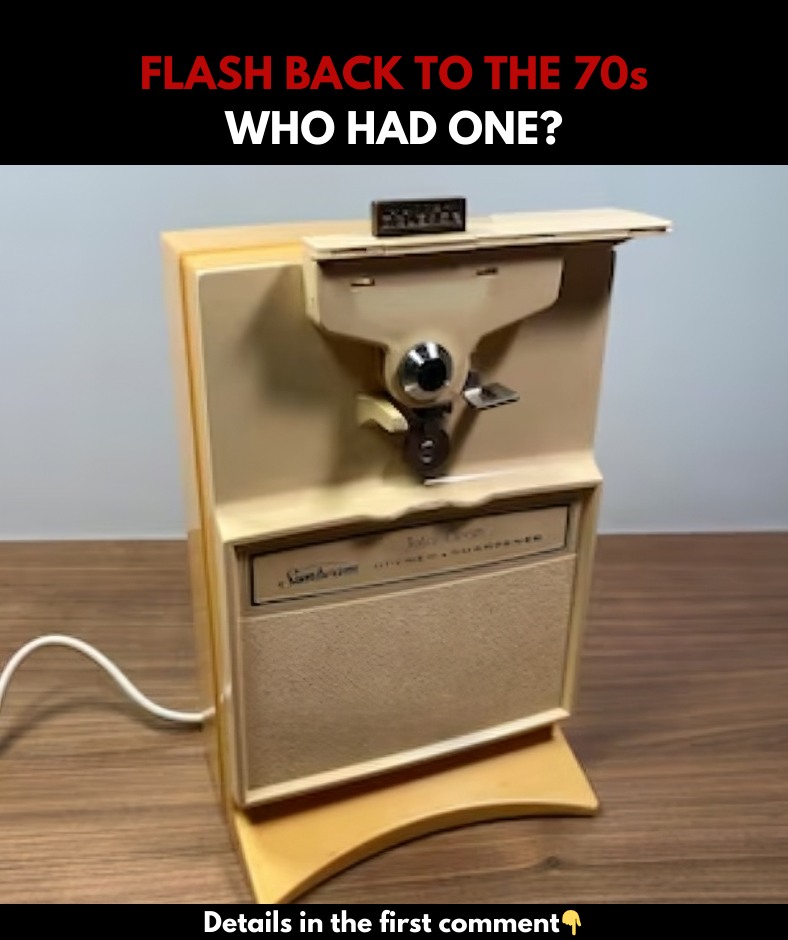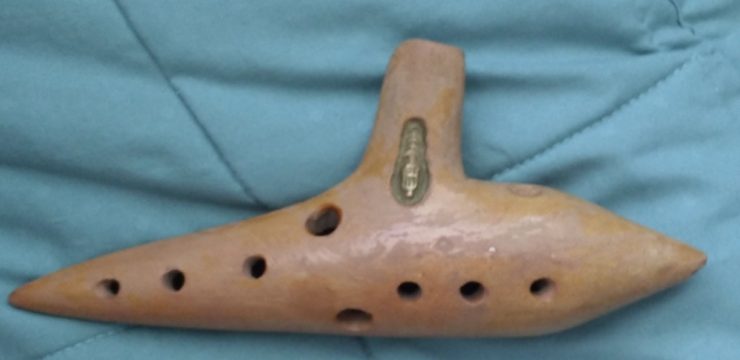The can opener is one of those simple kitchen tools that most people take for granted, lying in a drawer ready for use. But this little gadget has an unexpectedly rich history. While canning itself has been around since the 18th century, the can opener didn’t come along until much later. It took many years of innovation before we arrived at the convenient models we use today. Let’s explore the fascinating evolution of the can opener and how it became a kitchen essential.

The Birth of Can Openers: A Solution to a Problem
The idea of preserving food in tin cans started in the Netherlands in 1772. Back then, cans were incredibly tough, with thick walls and hefty lids. While canned food was a revolutionary way to keep food fresh, there was one major problem—how to open the cans. Early consumers were forced to use knives, hammers, and even chisels to access the food inside, which was both inconvenient and dangerous.
The need for a dedicated tool to open these cans became obvious. By the mid-19th century, inventors set out to solve this problem, leading to the creation of the first can openers.
The First Designs: An Early Solution
In 1855, an English inventor filed the first patent for a can opener, followed by a similar design patented in the U.S. in 1858. These early designs looked much like knives, with sharp edges to help pry open the can. While these inventions were innovative for the time, they were still difficult to use and required a lot of manual effort, making them far from ideal.
The Cutting Wheel Innovation (1870)
The first major leap forward in can opener design came in 1870 with the invention of the rotating cutting wheel. This tool allowed users to clamp the opener onto the can’s edge and rotate it around the lid, slicing through the metal in one continuous motion. It was a significant improvement, but still difficult to use, as it required a good deal of precision and strength. For this reason, it didn’t become widely popular at the time.
A Breakthrough: The Serrated Wheel (1925)
In 1925, a key innovation finally transformed the can opener into a household staple. The introduction of a second serrated wheel, working alongside the cutting wheel, made a huge difference. The serrated wheel gripped the can, allowing for a smoother, more controlled cutting motion. This design made the can opener much easier to use and led to a surge in popularity. The two-wheel can opener became a kitchen essential and remains one of the most recognizable designs to this day.
Military Use: The P-38 and P-51 Can Openers
World War II saw the development of compact, portable can openers designed for military use. The P-38 and P-51 openers were small, foldable tools that soldiers could carry in their gear. These single-blade devices were simple but effective, allowing soldiers to quickly open cans while in the field. They became popular with soldiers and, later, with campers, hikers, and outdoor enthusiasts due to their durability and portability.
The Rise of Electric Can Openers
In the 1950s, a new innovation took the can opener to the next level with the introduction of electric models. These openers eliminated the need for manual labor, making them especially popular among people with limited hand strength or mobility. Users could simply place the can in the opener, press a button, and let the machine do the work. Electric can openers became a hit, and manufacturers began adding features like magnetic lid holders, automatic shut-off, and hands-free operation, making them a staple in many households.
The Modern Side-Cutting Can Opener
In recent years, a new design has emerged: the side-cutting can opener. Unlike traditional openers that cut into the top of the can, side-cutting models slice through the side of the rim, leaving a smooth edge. This design reduces the risk of cuts and allows the lid to be placed back on the can to reseal it. This innovation has made side-cutting openers a favorite for those looking for both safety and convenience.
Conclusion: The Evolution of an Essential Tool
From the early days of crude tools to the sleek electric and side-cutting models we have today, the evolution of the can opener reflects our constant pursuit of convenience. Each version brought new features, making it easier and safer to open cans. Whether you prefer a classic manual model, a military-grade opener, or the latest electric version, it’s clear the can opener has come a long way. And as technology advances, we can only imagine what future innovations might bring to this indispensable kitchen gadget.





